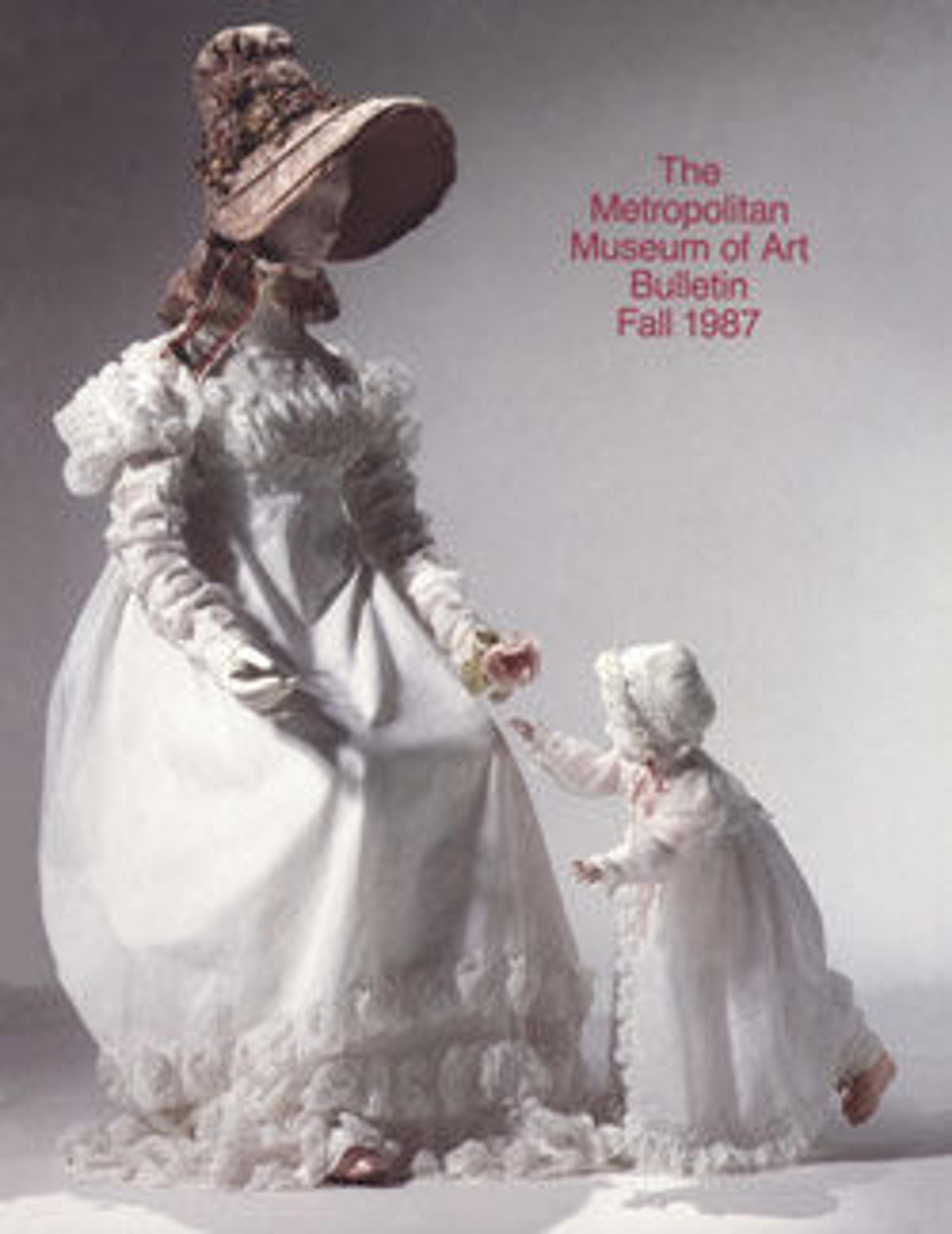"Velasquez"
Balenciaga's "Infanta" dress was inspired by the paintings of Diego Velazquez, the official court painter of King Philip IV of Spain. It echoes the shape and formality of 17th century Spanish court costume. The Infanta was the eldest daughter of the King and Queen of Spain, and in paintings by Velazquez she is depicted wearing a dress with a tight-fitting bodice and a very wide skirt supported by panniers. As well as referencing this silhouette, Balenciaga's "Infanta" dress also anticipates Christian Dior's celebrated post-war "New Look".
In 1939, Vogue noted, "An army of heroine figures invaded the couture collections." For the Spanish-born designer, the Infanta, on whose shoulders the future of the Spanish crown rested, was a symbol of hope and glorification.
In 1939, Vogue noted, "An army of heroine figures invaded the couture collections." For the Spanish-born designer, the Infanta, on whose shoulders the future of the Spanish crown rested, was a symbol of hope and glorification.
Artwork Details
- Title:"Velasquez"
- Design House:House of Balenciaga (French, founded 1937)
- Designer:Cristobal Balenciaga (Spanish, Guetaria, San Sebastian 1895–1972 Javea)
- Date:1939
- Culture:French
- Medium:silk
- Credit Line:Gift of Mrs. John Chambers Hughes, 1958
- Object Number:C.I.58.34.21a, b
- Curatorial Department: The Costume Institute
More Artwork
Research Resources
The Met provides unparalleled resources for research and welcomes an international community of students and scholars. The Met's Open Access API is where creators and researchers can connect to the The Met collection. Open Access data and public domain images are available for unrestricted commercial and noncommercial use without permission or fee.
To request images under copyright and other restrictions, please use this Image Request form.
Feedback
We continue to research and examine historical and cultural context for objects in The Met collection. If you have comments or questions about this object record, please contact us using the form below. The Museum looks forward to receiving your comments.
